In the world of international trade, tea is not just a beverage; it's a cultural symbol, a health elixir, and a profitable commodity. As a seasoned tea industry自媒体 writer, I've compiled a comprehensive guide to help you enhance your tea sales through effective English marketing strategies. Whether you're a small-scale tea farmer or a large-scale exporter, these tips will undoubtedly boost your sales and establish your brand in the global market.
Introduction: The Importance of English in Tea Sales

The English language is a global lingua franca, making it an essential tool for international business communication. In the tea industry, proficiency in English can open doors to new markets, facilitate negotiations, and improve customer satisfaction. According to a report by Statista, the global tea market is expected to reach a value of $30.6 billion by 2027, and a significant portion of this market is accessible through English-speaking regions.
1. Understanding Your Target Market
Before diving into marketing, it's crucial to understand your target market. Conduct thorough research to identify the preferences, needs, and buying behaviors of your customers. Are they health-conscious consumers in Europe? Or are they tea enthusiasts in the United States? Tailoring your marketing strategy to the specific characteristics of your target market will yield better results.
2. Utilizing Tea Sales English Terminology
To effectively communicate your message, it's essential to use the right terminology. Here are some key terms to include in your English marketing materials:
Tea Varieties: Black tea, green tea, white tea, oolong tea, pu-erh tea
Tea Quality: Aged, hand-picked, organic, loose-leaf, whole-leaf
Tea Origin: Darjeeling, Assam, Yunnan, Fujian, Taiwan
Tea Processing: Fermentation, oxidation, withering, rolling, drying
3. Crafting Compelling Tea Descriptions
When describing your tea products, use engaging and informative language. Highlight the unique characteristics of each variety, such as aroma, flavor, and health benefits. Here's an example:
"Experience the rich, full-bodied flavor of our premium Assam tea, sourced from the lush, misty hills of Northeast India. This hand-picked, loose-leaf tea is renowned for its robust color and malty taste, perfect for those who enjoy a strong cup of tea."
4. Leveraging Social Media and E-commerce Platforms
In today's digital age, social media and e-commerce platforms are powerful tools for promoting your tea products. Create engaging content, share tea-related tips, and offer promotions to attract and retain customers. Some popular platforms include:
Social Media: Facebook, Instagram, Twitter, LinkedIn
E-commerce: Amazon, eBay, Alibaba, Etsy
5. Engaging with International Tea Trade Shows
Participating in international tea trade shows is an excellent way to network with potential buyers, learn about industry trends, and showcase your products. Some well-known tea trade shows include:
The London Tea Festival
The International Tea Expo in New York
The China International Tea Fair
6. Partnering with Local Distributors and Retailers
To expand your reach in new markets, consider partnering with local distributors and retailers. This can help you understand local regulations, cultural preferences, and consumer behavior. Always communicate effectively with your partners, using clear and concise English.
Conclusion: Embrace the Power of English in Tea Sales
In conclusion, mastering the art of tea sales English is essential for success in the global tea market. By understanding your target market, utilizing the right terminology, crafting compelling descriptions, leveraging digital platforms, and engaging with industry events, you can effectively promote your tea products and boost your sales. Remember, the key to successful tea sales lies in clear communication and cultural understanding.
As the global tea market continues to grow, now is the perfect time to embrace English as a tool for success in this thriving industry. Happy selling!
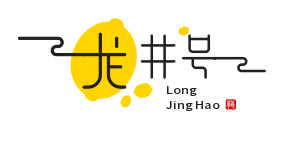

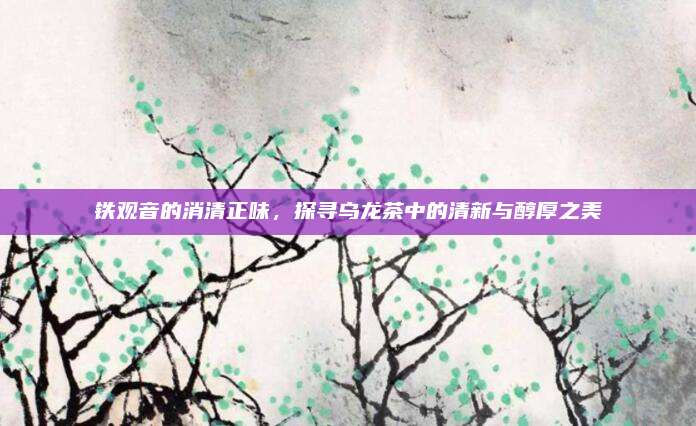
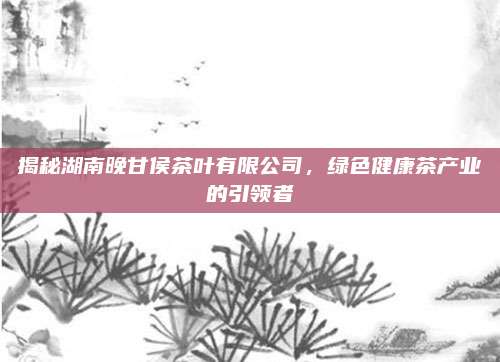



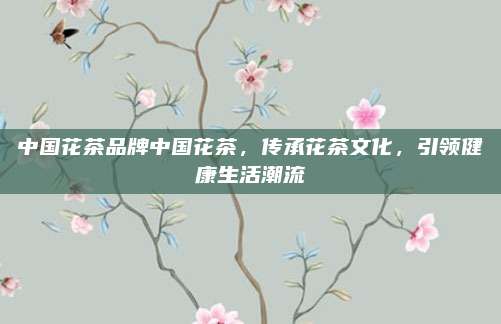
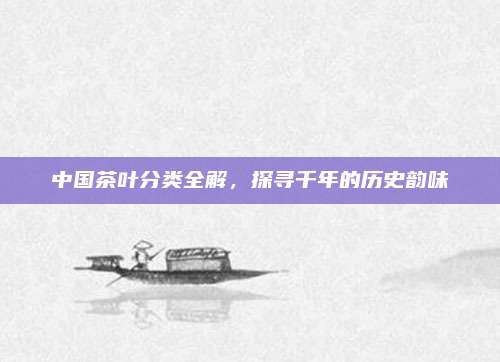
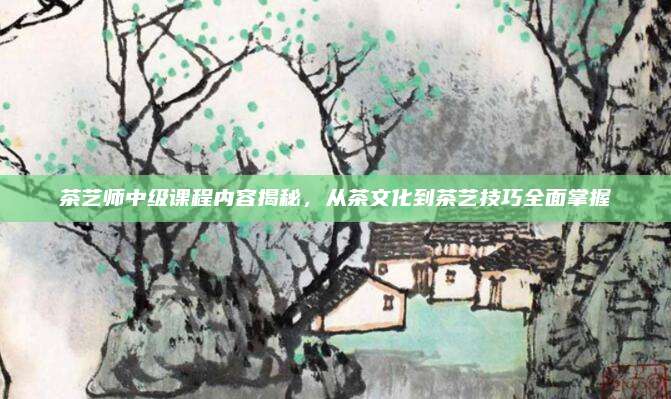




还没有评论,来说两句吧...